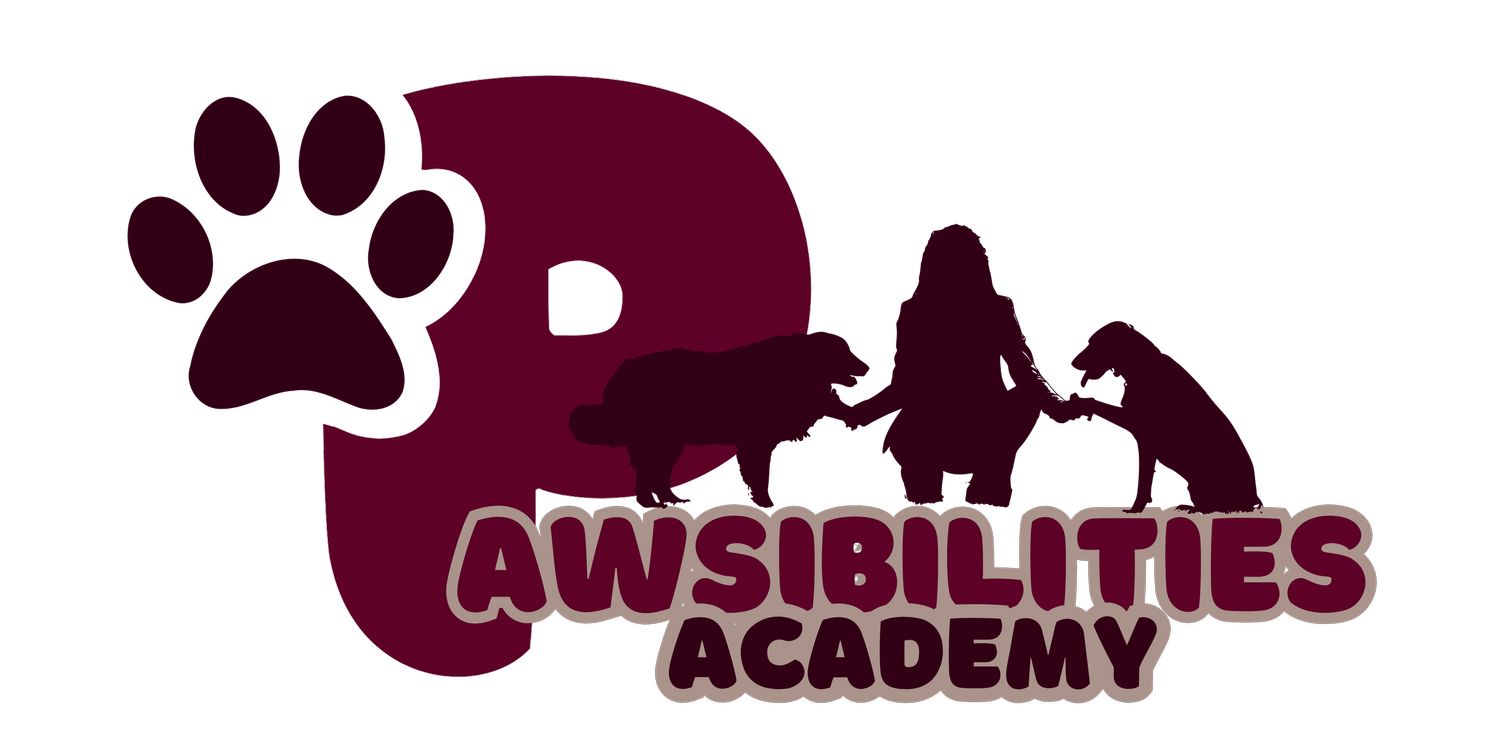12 Border Collie-Specific Body Language Quirks That Confuse the Hell Out of Everyone
Reading the Collie Code: 12 Border Collie-Specific Body Language Quirks That Confuse the Hell Out of Everyone Else
Here’s the refined list. Collie-core, zero generic fluff:
🧊 1. The “Working Freeze” in the Middle of a Walk
What it looks like: Dog suddenly stops mid-stride and stares into the distance. Legs stiff, tail still, eyes locked.
What people think: “Is she seeing something?”
What it really is: A herding-originated processing pause. She’s mapping. That tree branch or pigeon is now part of her “job.”
Why it matters: If you cue over this moment, she’ll either ignore you or glitch.
Trainer Tip: If she freezes mid-movement, she’s not ignoring you—she’s “at work.”
👁️ 2. Collie Eye Without Motion
What it looks like: Staring at nothing—but with full body intensity.
What people think: “Wow, she’s focused!”
What it really is: Mental rehearsal. She’s eyeing the idea of something—this is cognitive herding with zero sheep.
Why it matters: You can mistake this for relaxation. It’s not.
Trainer Tip: Eye + still body ≠ peace. It’s locked-in loop mode.
🪞 3. "You Looked at Me Wrong" Head Flicks
What it looks like: She turns her head away sharply when you praise her or make eye contact.
What people think: “She’s ignoring me.”
What it really is: Social pressure shutdown. The praise is too much.
Why it matters: Collies can feel acknowledgement as stress.
Trainer Tip: Your eye contact is her crowd.
⬅️ 4. Sideways Waddle Approaches
What it looks like: Dog approaches dog/human sideways, crab-style, tail low, intense eyes.
What people think: “Aw, that’s submissive!”
What it really is: Pressure modulation. A tactical herding-approach softener.
Why it matters: Dogs often misread this and snap.
Trainer Tip: She’s managing intensity for everyone—but they don’t always appreciate it.
🐕🦺 5. Micro-Movement Herding Indoors
What it looks like: Your Collie paces 3 feet, turns around, lies down… stares. Then repeats.
What people think: “She’s anxious.”
What it really is: Surrogate working loop. That hallway or sofa has become her flock.
Why it matters: Denying this loop without replacement can spike frustration.
Trainer Tip: Structure it, don’t suppress it.
🧼 6. Self-Washing After Emotional Encounters
What it looks like: Licking her front leg or cleaning paws obsessively after a dog greets her.
What people think: “Just a neat freak!”
What it really is: Emotional self-reset. That dog encounter took more out of her than she’ll show.
Why it matters: She's not "fine." She's processing.
Trainer Tip: Some dogs shake off. Collies deep-clean.
🎯 7. Hyper-Compliance Followed by Total Avoidance
What it looks like: Collie performs commands quickly, nails everything—then shuts down.
What people think: “She’s tired now.”
What it really is: Performance under pressure. She’s been suppressing stress the whole session.
Why it matters: She’s not tired. She’s saturated.
Trainer Tip: Perfect reps ≠ good reps. Look for rhythm, not sharpness.
😬 8. Disappearing Into Corners or Furniture
What it looks like: Collie slides under the table, behind the sofa, or into tight spaces—often after social contact.
What people think: “She’s shy.”
What it really is: Decompression patterning. Collies seek containers for emotional recovery.
Why it matters: Give her a den-like retreat option.
Trainer Tip: Collie nervous system = Tupperware dog.
🔁 9. Staring at You While Backing Away
What it looks like: Full eye contact while moving backward slowly.
What people think: “Is she trying to play?”
What it really is: A high-context “leave me alone but I still like you” signal.
Why it matters: She wants space, not distance.
Trainer Tip: You’re too close to her threshold, not her heart.
🧏♀️ 10. Zero Vocalization… But All the Tension
What it looks like: Not a bark, growl, or whine—but ears pinned, body frozen, tail stiff.
What people think: “She’s fine—she’s not reacting.”
What it really is: Muted pressure. Collies often skip vocal signals and go straight to freeze or flee.
Why it matters: You can’t rely on noise to read her.
Trainer Tip: No bark ≠ no stress.
✋ 11. “Don’t Touch Me There” Moments During Praise
What it looks like: Flinch when you reach for the head or neck after she does something “good.”
What people think: “That was out of nowhere!”
What it really is: Tactile sensitivity under pressure. Even affection feels like intrusion sometimes.
Why it matters: Praise ≠ physical contact, especially in motion.
Trainer Tip: Let her earn her decompression, not get ambushed with hands.
🧠 12. Staring at Objects That Don’t Move… Until They Do
What it looks like: Locked gaze at a football, wind-blown bag, cat tail—immobile for minutes.
What people think: “She’s weird.”
What it really is: Pre-loading a behavioural sequence.
Why it matters: That item is “work” now. She needs closure.
Trainer Tip: You think it's a leaf. She thinks it's a contract
Remember…
Border Collies aren’t being dramatic.
They’re just fluent in intensity.
Every stillness is loaded with meaning. Every stare is a sentence.
When you stop managing the behaviour and start listening to the message—
you stop working against your dog,
and start working with them.
Intensity isn’t a flaw. It’s fluency.
And now… you’re learning the language


